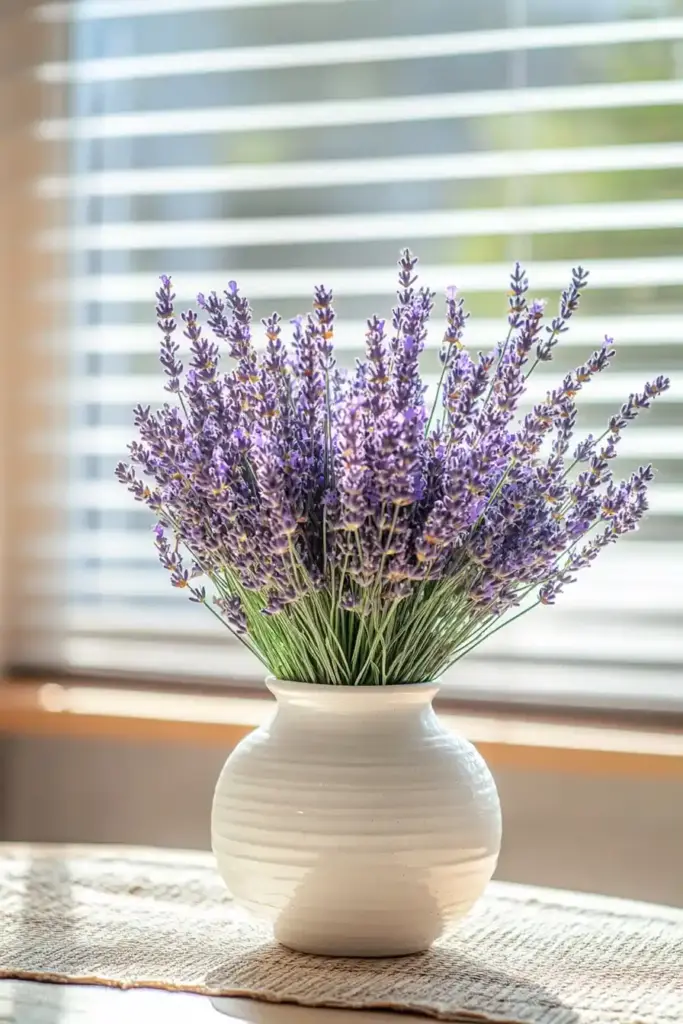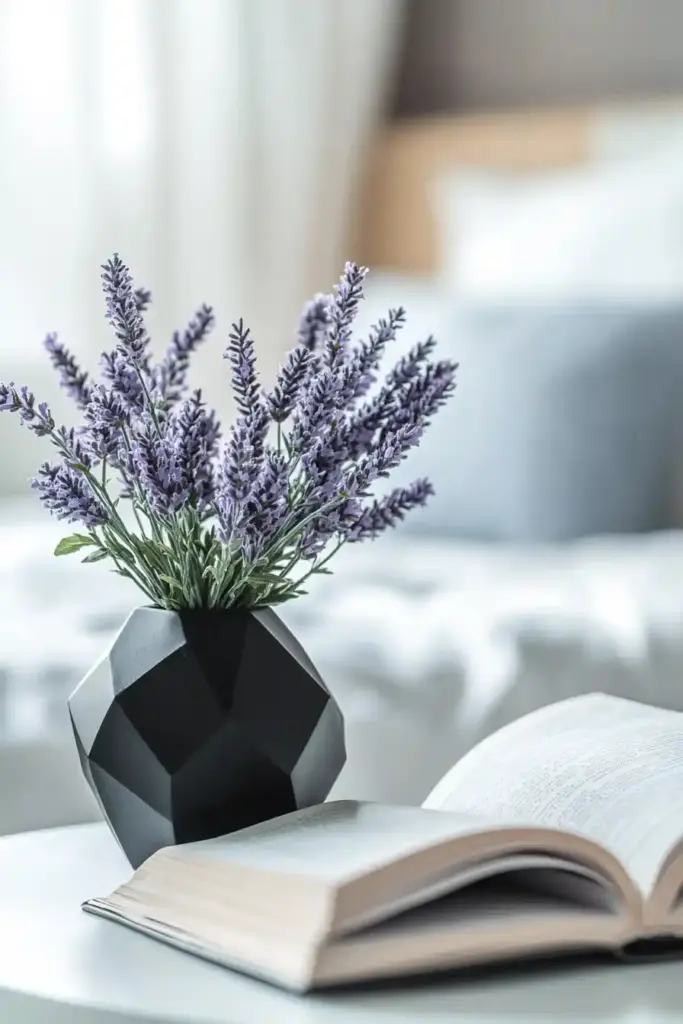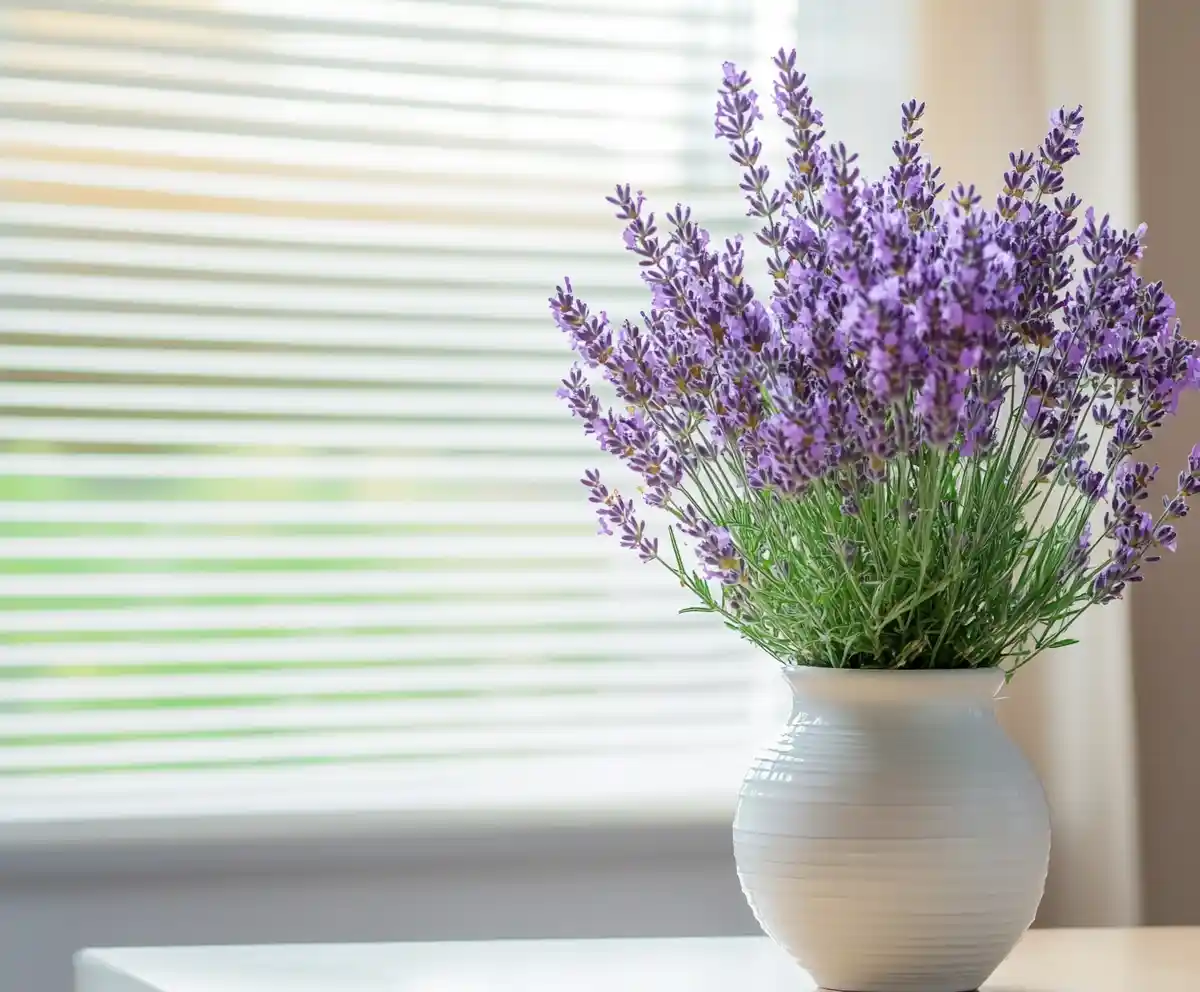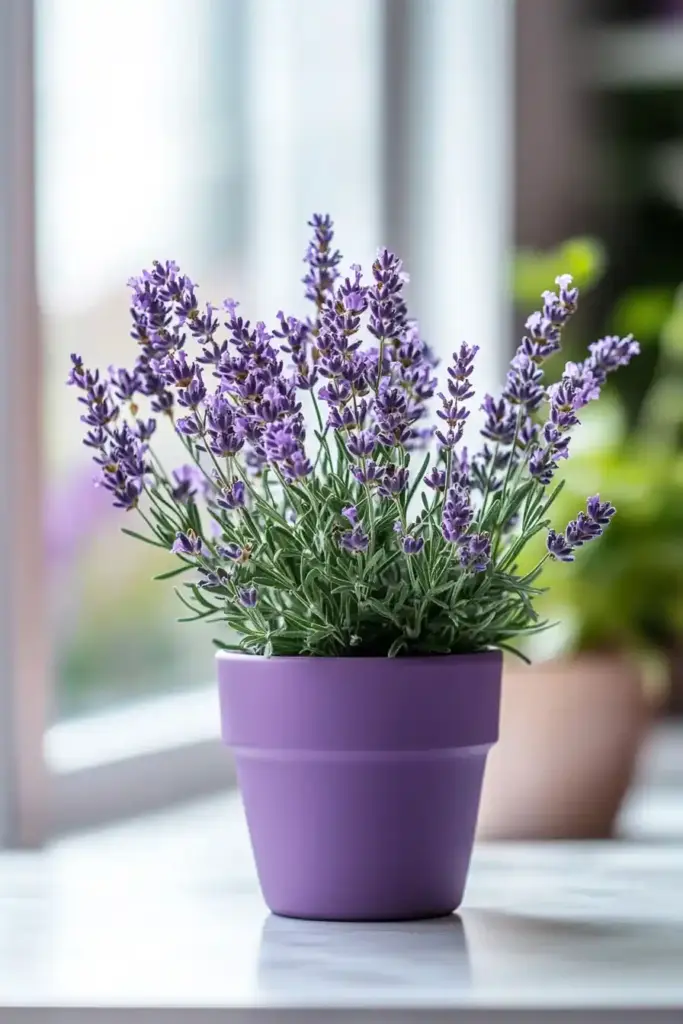Imagine filling your home with the calming scent and gorgeous blooms of lavender — even if you don’t have a backyard! Growing lavender indoors might seem tricky at first, but with a little know-how, you can successfully nurture this beautiful herb right on your windowsill. Whether you’re a seasoned plant parent or just starting out, these simple tips will help you grow lush, fragrant lavender indoors with ease.
1. Choose the Right Variety
Not all lavender plants are suited for life indoors, so picking the right type is key to your success. For the best results, stick with compact, easygoing varieties like English Lavender (Lavandula angustifolia) and French Lavender (Lavandula dentata). These types are better adapted to container growing and won’t outgrow your indoor space too quickly. Plus, they offer that classic lavender scent and charming purple blooms that make them a favorite among indoor gardeners.
2. Pick the Perfect Pot
Your lavender’s home matters just as much as the plant itself. Choose a pot that’s about 12 inches wide to give the roots enough room to spread. Drainage is crucial — lavender hates soggy soil — so make sure the pot has plenty of holes at the bottom. Terracotta pots are especially great because they breathe well, helping to prevent moisture buildup around the roots. A sturdy, well-draining pot sets the stage for a healthy, happy lavender plant.
3. Find the Sunniest Spot

Lavender craves sunlight — the more, the better! Place your pot near a south-facing window where it can soak up at least six hours of direct sunlight each day. If natural light is limited, don’t worry — you can easily supplement with a full-spectrum grow light to keep your plant thriving. Giving your lavender the brightest spot possible helps it grow strong, full, and bursting with blooms.
4. Water Wisely
Lavender prefers a “less is more” approach when it comes to watering. Allow the top inch of soil to dry out completely before giving it a thorough drink. When you water, do so deeply until water drains from the bottom — but always empty the saucer underneath so the roots don’t sit in moisture. Overwatering is one of the quickest ways to harm lavender, so staying patient between waterings is key.
5. Use the Right Soil

Lavender thrives in soil that drains quickly and doesn’t hold onto excess moisture. For best results, plant your lavender in a cactus or succulent potting mix, which is designed for excellent drainage. Alternatively, you can amend regular potting soil by mixing in coarse sand or perlite. The goal is to create a light, airy environment around the roots to prevent rot and mimic lavender’s natural Mediterranean habitat.
6. Control the Temperature
Lavender is pretty low-maintenance, but it does have its temperature preferences. Aim to keep your indoor space between 60–70°F (16–21°C) during the day. It’s equally important to protect your plant from extreme conditions — avoid placing it near cold drafts, like leaky windows, or hot air vents that can dry it out. A stable, cozy environment will encourage strong growth and fragrant blooms.
7. Prune Your Plant

A little trimming goes a long way when it comes to indoor lavender. In early spring, prune back about one-third of the plant to encourage a fuller, bushier shape. Throughout the growing season, pinch off spent flowers to keep your lavender looking neat and to stimulate new growth. Regular pruning not only maintains the plant’s shape but also boosts air circulation, helping prevent potential issues like mold or mildew.
8. Fertilize Occasionally
Lavender doesn’t need heavy feeding to stay happy indoors. During the growing season, give your plant a light dose of balanced fertilizer every six weeks. Make sure to dilute the fertilizer to half strength to avoid overwhelming the roots. Over-fertilizing can lead to lots of leafy growth with fewer flowers, so it’s best to keep it light and let lavender’s natural beauty shine through.
9. Watch for Pests
While lavender is generally resilient indoors, it’s still smart to keep an eye out for unwanted visitors. Spider mites and aphids are the most common culprits, though they tend to be rare. If you spot any pests, act quickly by rinsing the plant with water or using a gentle, natural insecticidal soap. Regular inspections help you catch problems early and keep your lavender thriving and pest-free.
Frequently Asked Questions
Can lavender grow indoors year-round?
Yes, lavender can thrive indoors all year if given enough light, proper drainage, and the right care. Using a grow light during darker months can help maintain its health and blooming cycle.
How often should I water indoor lavender?
Water indoor lavender only when the top inch of soil feels dry. Overwatering is a common mistake — it’s better to underwater slightly than to keep the soil too moist.
Why is my indoor lavender plant looking leggy?
Leggy lavender often means it’s not getting enough direct sunlight. Try moving it closer to a south-facing window or supplementing with a grow light to encourage fuller growth.
What type of fertilizer is best for indoor lavender?
Use a balanced, all-purpose fertilizer diluted to half strength. Fertilize lightly about once every six weeks during the growing season to avoid overfeeding.
How do I know if my lavender plant is getting too much water?
Signs of overwatering include yellowing leaves, mushy stems, and a musty smell from the soil. Always ensure excess water drains away and let the soil dry out between waterings.
Conclusion
Growing lavender indoors is not only possible — it’s incredibly rewarding! With the right variety, a sunny spot, good soil, and a little bit of love, you can enjoy the calming beauty and fragrance of lavender year-round. Whether you’re brightening up your kitchen, living room, or office, these simple tactics will help your indoor lavender flourish and fill your space with its timeless charm.



